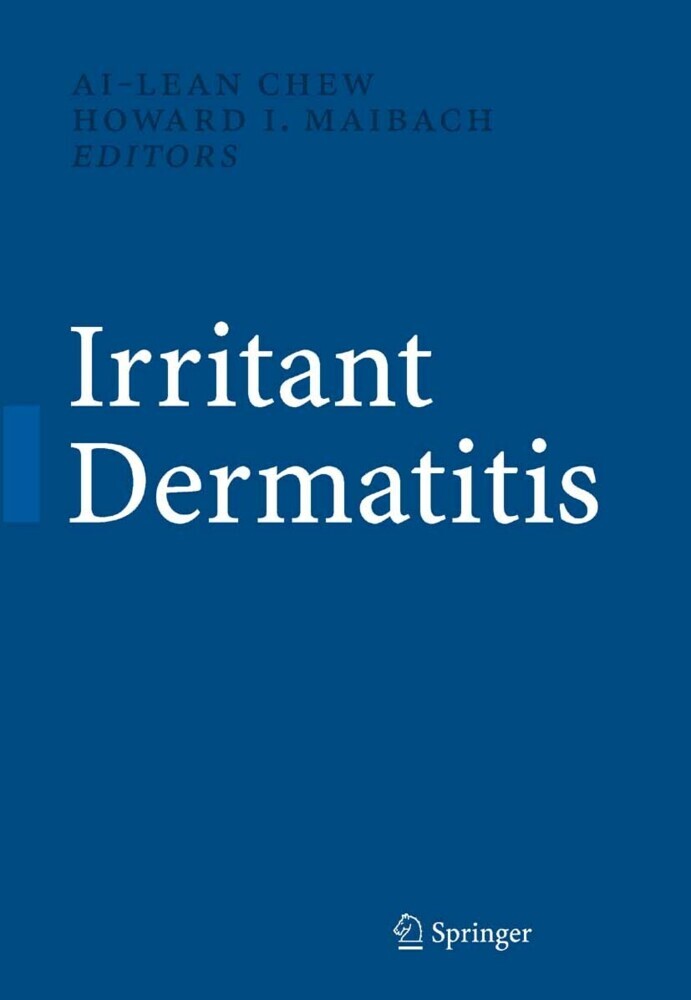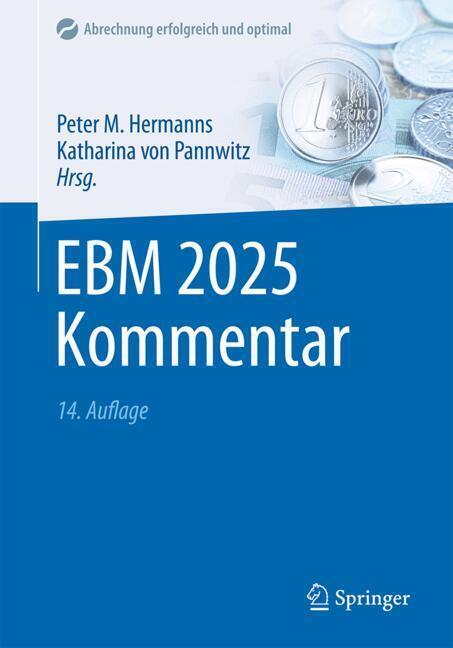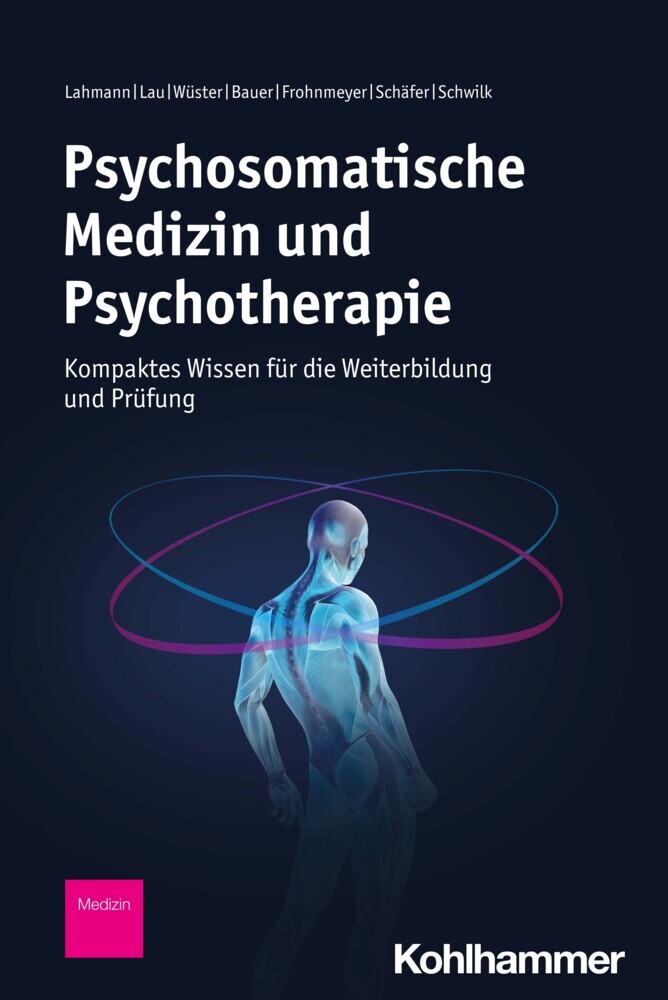Irritant dermatitis is a common condition, accounting for a significant proportion of occupational skin disease. The recent advent of non-invasive skin bioengineering technology has accelerated dermatology research in this field. This book comprises an exhaustive reference text on irritant contact dermatitis, covering all aspects of the condition: clinical features, epidemiology, prevention and therapy, prognosis, mechanisms, pathology and regulatory issues. The book also presents novel in vitro and in vivo research techniques and findings. As irritant dermatitis affects multiple specialties, the audience for this book is wide, including clinical and investigative dermatologists, allergists, toxicologists, pharmaceutical scientists, occupational and environmental physicians, public health physicians, cosmetologists and skin bioengineers.
1;Preface;5 2;Contents;6 3;List of Contributors;20 4;1 Ten Genotypes of Irritant Contact Dermatitis;25 4.1;1.1 Introduction;25 4.2;1.2 Clinical Classification of Irritant Contact Dermatitis;25 4.3;References;29 5;2 Irritant Contact Dermatitis Versus Allergic Contact Dermatitis;30 5.1;2.1 Introduction;30 5.2;2.2 Clinical Aspects;30 5.3;2.3 Histology and Immunohistochemistry;31 5.4;2.4 Pathogenetic Mechanisms;33 5.5;2.5 Conclusions;35 5.6;References;35 6;3 Barrier Function and Perturbation: Relevance for Interdigital Dermatitis;39 6.1;3.1 Introduction;39 6.2;3.2 Lamellar Body Secretion;39 6.3;3.3 Stratum Corneum Lipids;40 6.4;3.4 The Autonomous Stratum Corneum;41 6.5;3.5 Synthetic Activities to Barrier Function;41 6.6;3.6 Regional Variations in Skin Permeability;42 6.7;3.7 Irritant Contact Dermatitis;42 6.8;3.8 Interdigital Dermatitis - A Form of Irritant Contact Dermatitis;43 6.9;References;44 7;4 Friction Melanosis;47 7.1;4.1 Introduction;47 7.2;4.2 The Feature and Cause of Friction Melanosis;47 7.3;4.3 Comment;47 7.4;References;51 8;5 Diaper Dermatitis;52 8.1;5.1 Introduction;52 8.2;5.2 Birth;53 8.3;5.3 Factors Influencing Diaper Dermatitis;56 8.4;5.4 Effect of Diaper Type and Composition;60 8.5;5.5 Diapers for Delivery of Topical Preparations;63 8.6;5.6 Effect of Diaper Occlusion;64 8.7;6 Summary;64 8.8;References;65 9;6 Chemical Skin Burns;67 9.1;6.1 Introduction;67 9.2;6.2 Definition;67 9.3;6.3 Diagnosis;70 9.4;6.4 Clinical Features;70 9.5;6.5 Treatment;71 9.6;6.6 Complications;72 9.7;6.7 Prevention;73 9.8;6.8 Summary;73 9.9;References;74 10;7 Contact Urticaria Syndrome;76 10.1;7.1 Introduction;76 10.2;7.2 Epidemiology;76 10.3;7.3 Mechanisms of Contact Urticaria;76 10.4;7.4 Symptoms and Signs;78 10.5;7.5 Site Specificity of Contact Urticaria Reactions;78 10.6;7.6 Human Experimental Protocols;78 10.7;7.7 Clinical Assessment and Quantitative Methods;80 10.8;7.8 Animal Experimental Protocols;81 10.9;7.9 Conclusion;81 10.10;References;82 11;8 Airborne Irritant Dermatitis;84 11.1;8.1 Introduction;84 11.2;8.2 Airborne Irritant Dermatitis Due to Fibers;84 11.3;8.3 Airborne Irritant Dermatitis Due to Dust Particles;87 11.4;8.4 Airborne Irritant Dermatitis Due to Sprays, Vapors, and Gases;89 11.5;8.5 Diagnostic Procedures: Tools Available to Investigate and Confirm ( or Refute) the Diagnosis of Airborne Irritant Dermatitis;91 11.6;References;91 12;9 Irritant Dermatitis of the Scalp;93 12.1;9.1 Introduction;93 12.2;9.2 Irritant Dermatitis of the Scalp Due to Mechanical Factors;93 12.3;9.3 Irritant Dermatitis of the Scalp Due to Chemical Agents;95 12.4;References;99 13;10 Irritant Contact Dermatitis of the Nails;101 13.1;10.1 Mechanical Irritation;101 13.2;10.2 Physical Agents;102 13.3;10.3 Chemical;102 13.4;10.4 Biological;104 13.5;10.5 Prevention and Therapy;104 13.6;References;104 14;11 Importance of Irritant Contact Dermatitis in Occupational Skin Disease1;107 14.1;11.1 Patients and Methods;107 14.2;11.2 Results;108 14.3;11.3 Discussion;108 14.4;11.4 Conclusions;112 14.5;References;112 15;12 Irritant Contact Dermatitis in the Tropics;114 15.1;12.1 Introduction;114 15.2;12.2 Epidemiology of Irritant Contact Dermatitis in the Tropics;114 15.3;12.3 Common Sources and Types of Contact Irritant Dermatitis in the Tropics;115 15.4;12.4 Conclusions;116 15.5;References;117 16;13 Occupational Issues of Irritant Contact Dermatitis;119 16.1;13.1 Introduction;119 16.2;13.2 Clinical Features and Classification;119 16.3;13.3 Epidemiology;120 16.4;13.4 Modulation of Occupational Irritant Contact Dermatitis;121 16.5;13.5 High-Risk Occupations and Irritants;122 16.6;13.6 Diagnosis;124 16.7;13.7 Management: Prevention and Therapy;125 16.8;References;126 17;14 Hairdressing;129 17.1;14.1 Occupational Tasks and Their Irritants;129 17.2;14.2 Epidemiology, Pattern, and Course of Irritant Contact Dermatitis;131 17.3;14.3 Risk Factors for Irritant Contact Dermatitis in Hairdressers;134 17.4;14.4 Prevention of ICD;135 17.5;References;139 18;15 Occupational
Chew, Ai-Lean
Maibach, Howard I.
| ISBN | 9783540312949 |
|---|---|
| Artikelnummer | 9783540312949 |
| Medientyp | E-Book - PDF |
| Copyrightjahr | 2006 |
| Verlag | Springer-Verlag |
| Umfang | 538 Seiten |
| Sprache | Englisch |
| Kopierschutz | Adobe DRM |









